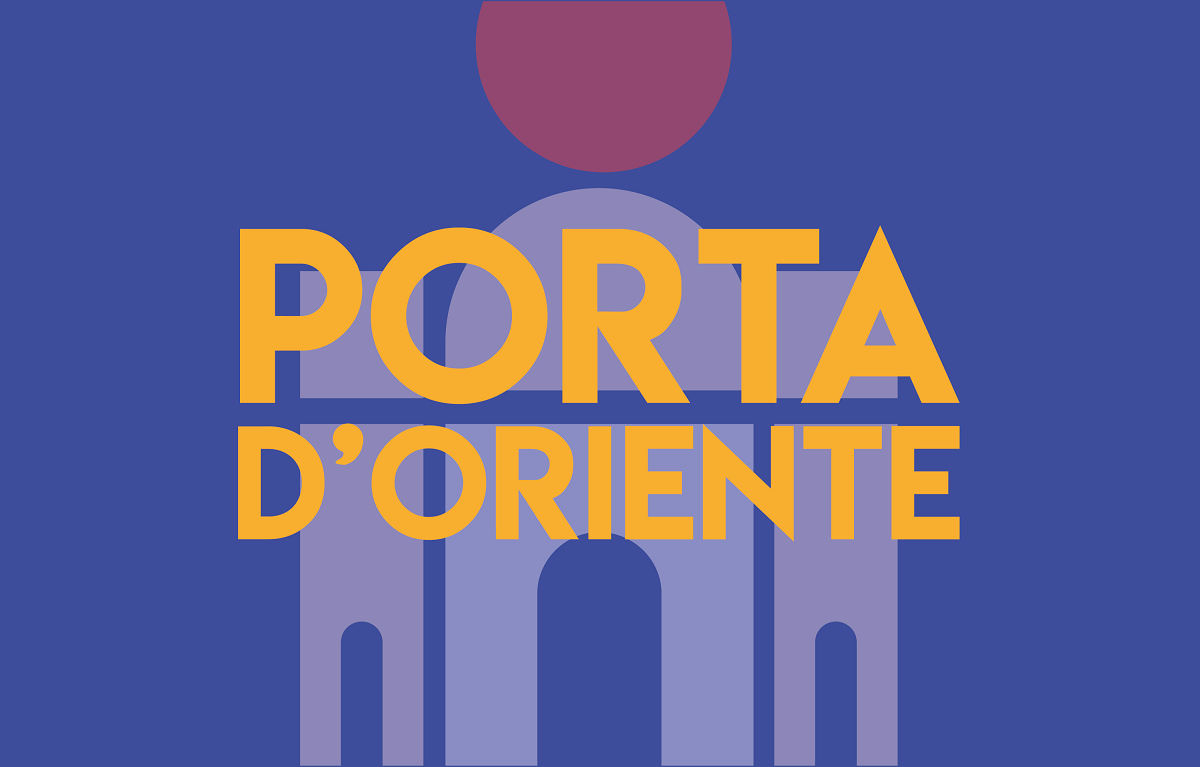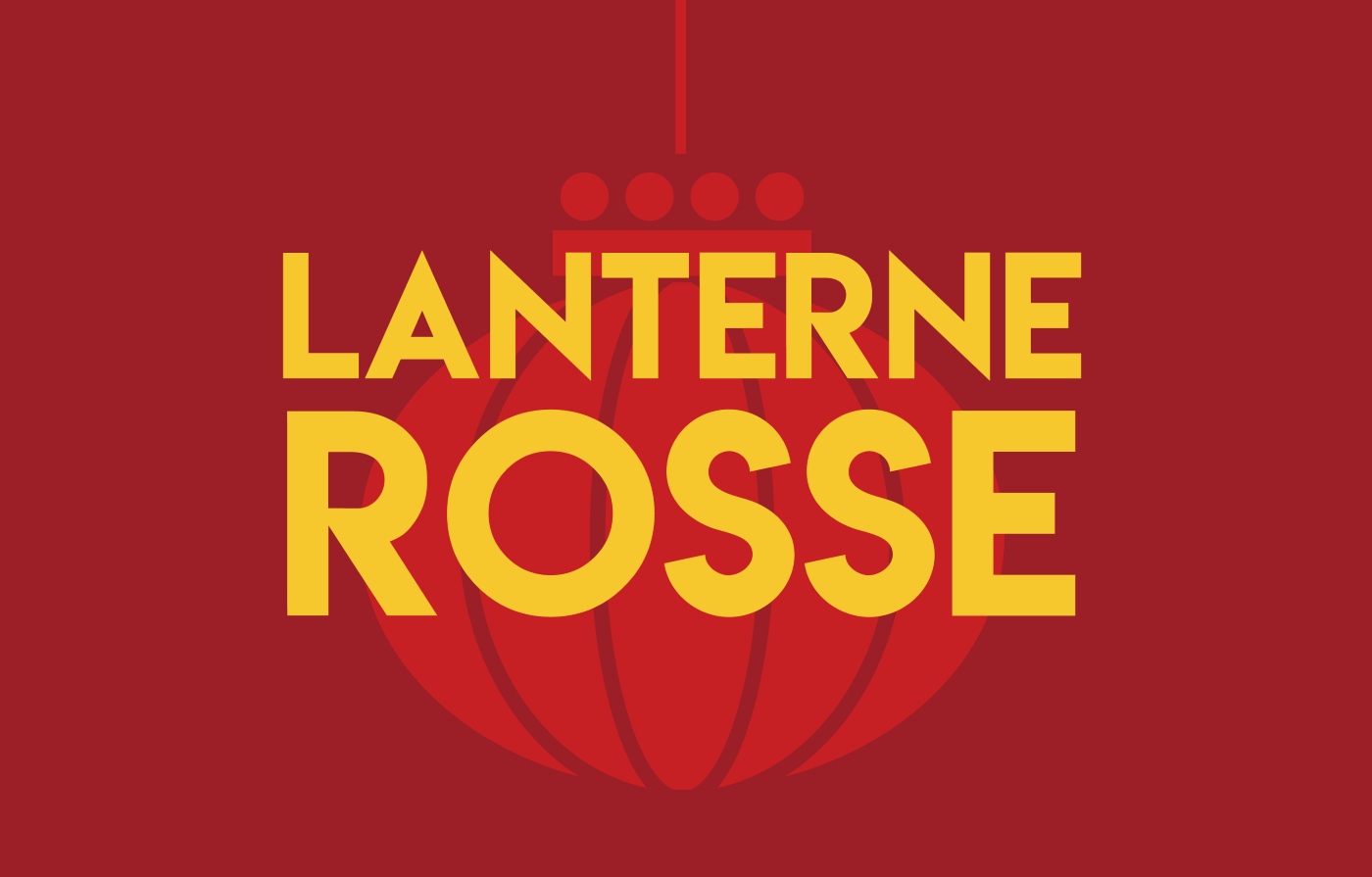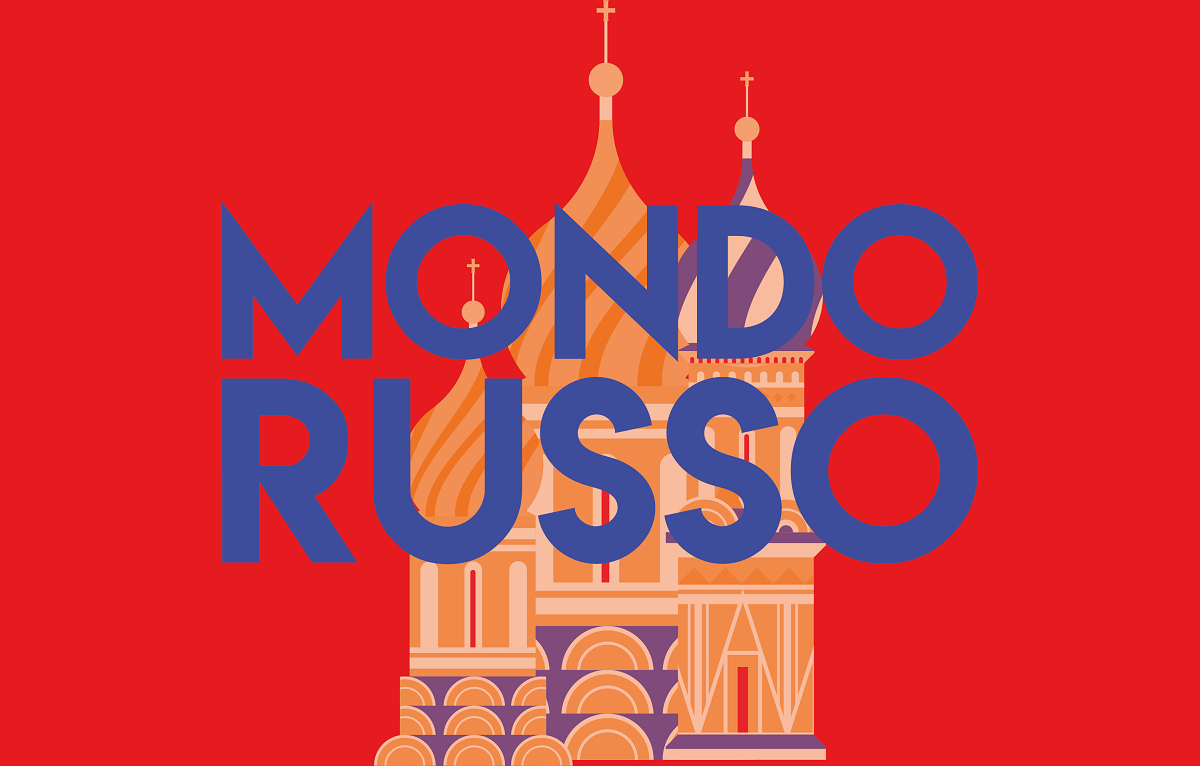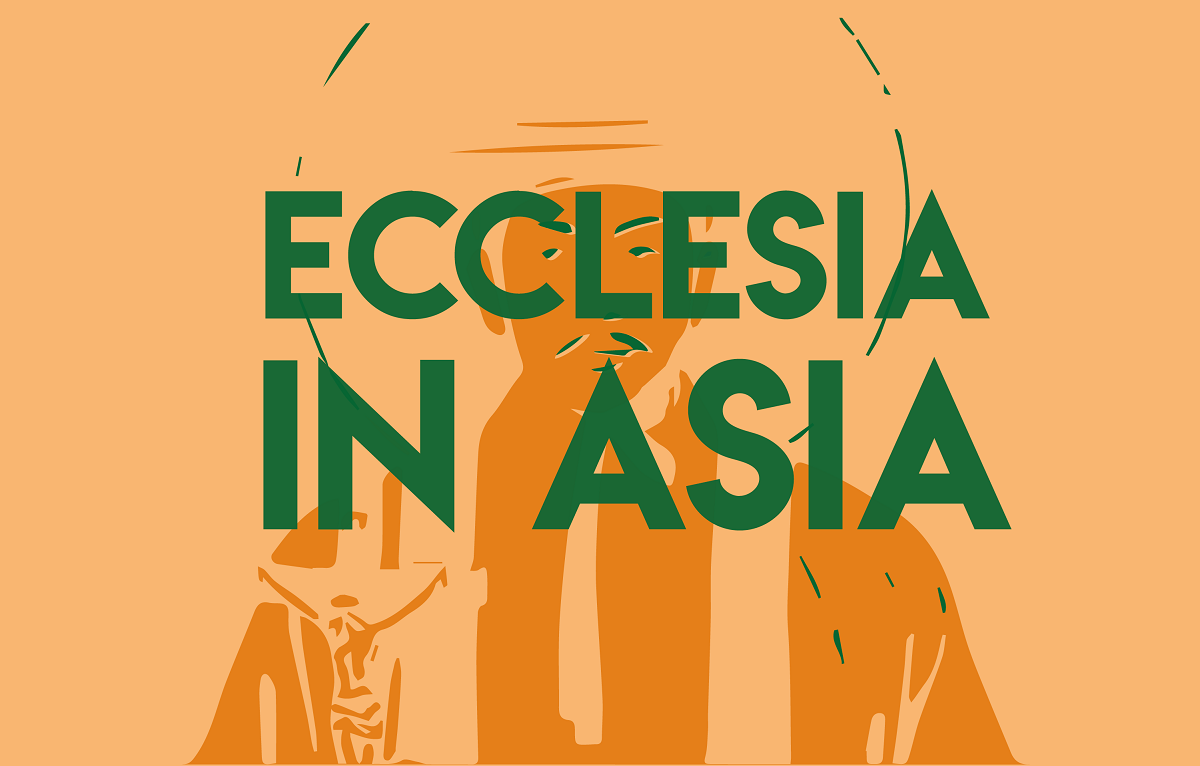How the Council walked the roads of Asia
AsiaNews director spoke today in Rome at the conference “The Spirit knows where he takes us” organised by the John Paul II Pontifical Theological Institute. The “triple dialogue” refers to the path of interiority, the commitment to freedom and justice, and the telling of the story of Jesus: the faces of the reception of Vatican II in the East.
Rome (AsiaNews) – "The Spirit knows where he takes us" is the topic of an international conference centred on "trans-religious humanism" currently underway (1-2 April) in Rome at the John Paul II Pontifical Theological Institute, on the initiative of the Gaudium et Spes Chair, directed by theologian Pierangelo Sequeri. This morning, AsiaNews director Fr Gianni Criveller, also spoke at the meeting, presenting a report on the theme, "The dynamic and dialectical horizon of the extra-European reception of Vatican II. The example of Asia”. We publish below some excerpts of his address.
1. Liberation, inculturation and dialogue
The history of the reception of the Second Vatican Council in non-European contexts in the two decades immediately following its publication can be described in four words: liberation, inculturation, dialogue, and secularisation. There has been a tendency to associate each of these themes with four areas: liberation for Central and South America, inculturation for Africa, dialogue for Asia, and secularisation for Europe and North America.
The scheme proposed above does not fully convey the complexity of the situations and challenges on the ground: liberation, inculturation and dialogue have touched all continents. The same is true for the pervasive and universal phenomenon, linked to the results of post-modernity and post-humanism, namely secularisation.
This scheme left out Oceania, as if Australia and New Zealand could, in some respects, be viewed as part of the Western world, while the vastness of Papa New Guinea and the other islands in the region are a world onto themselves, with special traits.
2. The triple dialogue of the FABC
Regarding the reception of the Council in Asia, the first thing to note is the huge effort Asian bishops put in to walk together through the Federation of Asian Bishops' Conferences (FABC). Founded in 1970, the Federation brings together some 20 bishops' conferences, and has produced an impressive series of guidelines, documents and initiatives that have truly and positively marked the reception of Vatican II in Asia. The FABC’s path is to ferry the Churches of Asia from the colonial mission, through the critique of post-colonial critique, towards an Asian identity.
The formula that best represents the FABC’s orientation is that of the “triple dialogue”: dialogue with Asia’s religious traditions, dialogue with ancient cultures, and dialogue-outreach with the poor. Here we find the three great challenges of dialogue with believers of different faiths, of inculturation, and the option for the poor in favour of their emancipation from oppression and poverty.
On this occasion, I would like to pay tribute to Cora Mateo (who passed away on 2 December 2024), who introduced me to the extraordinary work of the FABC. Originally from the Philippines, she lived in Taiwan where she played a great role in the FABC for 25 years: the first woman from the laity to hold the position of secretary general. With her strong personality and charisma, she was instrumental in promoting the laity, young people and women in the Churches of Asia.
3. The Way of Interiority
In Taiwan, in the early 1990s, I was lucky enough to meet Yves Raguin, a Jesuit missionary and master of contemplation. I was a student in Taipei, and he influenced my studies and missionary orientation. Raguin proposes the path of interiority and spiritual dialogue as a thread that binds the religious East and the profound Christian mystical tradition.
He links Chinese masters like Confucius, Mencius, Laozi and Zuangzi, the sacred authors of Buddhism and Hinduism to Paul of Tarsus, Dionysius the Areopagite, Meister Eckhart and other Christian mystics of the Middle Ages and then with John of the Cross and Teresa of Avila.
After many years in Shanghai and Taipei, Raguin returned to Paris in 1968 and heard young people shouting in the streets that God was dead. He was struck by this and realised the post-religious outcome of post-Christian Europe (terms he did not use). He saw in an encounter between Christianity and the East new opportunities for the spiritual journey of young Europeans and for the evangelising mission itself in Asia. The encounter with the religious East can bring us back to the spiritual dimension of the Christian message, which had been marginalised by the emphasis placed on the doctrinal dimension of Christianity.
Other spiritual masters who lived through the Council and the post-Council testify to the possibility of such an encounter: Fr Jules Monchanin, the Benedictine Henri Le Saux, the monk Bede Griffiths, the Cistercian Francis Mahieu, the Indian-Spanish theologian Raimon Panikkar, all working in India. Trappist author Thomas Merton developed great interest in dialogue with Thai Buddhism, and Jesuit Hugo Lasalle with Japanese Zen Buddhism.
4. Dialogue with cultural traditions
While in China, because of political campaigns, Catholic communities resumed a minimum of public life only in the 1980s. In Taiwan, even though it was not under a regime of freedom and political pluralism, attempts at inculturation began as early as the 1970s. This was done, for example, in Kaohsiung, the city where I began my missionary career. Here, a church architecturally accommodating the style of Chinese temples, included an altar with ancestral tablets according to the practice of Chinese rites. The latter had greatly affected the mission in China but was settled in 1939. Somewhat paradoxically, that church, dedicated to St Catherine of Siena, belongs to the Dominicans, who at the time were proud opponents of the rites.
At Taiwan’s Fujen University, room was provided for liturgical experiments, with readings taken from Chinese classics. The idea was to take seriously the conciliar suggestion of the seeds of the Word and the riches hidden in religious traditions. These ad hoc attempts are no longer in place today.
5. Poverty and religiosity in Asia for an Asian liberation theology
Vietnamese theologian Peter Phan says that for many Asian theologians who studied at Rome's pontifical universities in the decade following the Second Vatican Council, the thoughts of Jesuit theologian Aloysius Pieris (originally from Sri Lanka), expressed above all in “An Asian Liberation Theology” (1986), were like an "intellectual bomb”. “After completing my licentiate in 1972, back in South Vietnam, it became painfully clear to me that the theology I had absorbed in Rome was worse than useless,” he said.
Pieris, one of Asia’s most influential theologians by far, argues that liberation must be the goal of theology in the continent: the rich must free themselves from their riches (without which it is impossible to enter the kingdom of God) and the poor must free themselves from their forced poverty.
For Pieris, the Asian context determines the continent’s method and issues in theology. The social context is systemic poverty, the religious context is religious plurality, both the "cosmic" and the popular and organised one.
From the twofold traits of Asia's religiosity and poverty stem the "double baptism" of Asian Christianity, i.e. "the Calvary of Asian poverty" and "the Jordan of Asian religion". This double baptism constitutes the "primordial experience of liberation" offered by Jesus of Nazareth. Baptism is lived on the Calvary of poverty with the option of being poor and for the poor. The Jordan baptism of religion requires that theology in Asia be done in collaboration and dialogue with believers of other religions.
6. The commitment of the Churches and their leaders to freedom and justice
The churches of Asia have truly experienced the social aspect of liberation for the good of the national community. Some Catholic leaders have taken on a prophetic and charismatic role in the events associated with the fight for freedom and democracy of their peoples: Card Jaime Sin of Manila (who started the Rosary Revolution that ended the Marcos dictatorship in 1986); Card Stephen Kim, who in July 1987 welcomed and protected demonstrators in Seoul cathedral, bringing down South Korea’s military dictatorship; Card Joseph Zen, who has been considered Hong Kong’s “conscience” since 2003. Arrested on 11 May 2022, he was later released on bail and subsequently fined. He is still under investigation under the liberticidal national security law introduced on 1 July 2020.
Catholic communities and leaders have also played decisive roles in other countries, including East Timor. My thoughts go to Bishop Celso Ba Shwe of Loikaw (Myanmar), in solidarity with his people sheltering in the forest from military repression underway since 1 February 2021.
Myanmar is a Buddhist country, and Buddhist monks protested in the past against the military dictatorship. Today Catholics are also on the front line. This courageous action is exemplified by Sister Ann Rose Nu Twang, kneeling in front of the military police in Myitkyina, the city capital of Kachin State, northern Myanmar. In recent days, the tragic earthquake has added to the horrible and poorly reported (un)civil war the country’s military junta is waging against its own people with devastating consequences.
7. Telling the story of Jesus in Asia
Christians and missionaries cannot cease to bear witness through their lives and words to Jesus and the Gospel of peace. In the book “Sussurrare Il Vangelo nella terra dell’Eterno Cielo Blu” (Whispering the Gospel in the Land of the Eternal Blue Sky), Father Giorgio Marengo, now a cardinal, suggests that the proclamation of Jesus in Asia should be done with humility, whispered in fact; not out of shyness, but out of respect for the Gospel and the interlocutor, his times and narrative ways. This is the opposite of proselytising. According to the Gospel of Matthew, Jesus describes himself by evoking the words of Isaiah: “He will not cry out, nor shout, nor make his voice heard in the street.”
The mission and the Church in Asia have always experienced what is now experienced in many parts of the world: the situation of a minority, which takes away any pretence of privilege and illusion of success. This situation is not unknown in the Gospel, where the message of Jesus is effectively represented by the image of the seed that grows in concealment, which dies before bearing fruit. This is how the Gospel is transmitted and so the mission lives through evangelical transparency. Christians and missionaries are “pilgrims and guests”, an evocative New Testament image that gives a sense of the precariousness and beauty of the life of Christian communities in many Asian countries.
The Gospel is the story of Jesus, and it is a story to be told. Evangelisation in Asia today, rather than the spread of a religious doctrine, is about telling a story that has the potential to change lives: the story of Jesus. If the Gospels are four stories, the narrative literary genre is the one that best describes the story of Jesus and the origin of Christianity and is a path for evangelisation in Asia. Indian theologian Bishop Thomas Menamparampil, for many years in charge of evangelisation for the FABC, has urged Christians and missionaries in Asia to narrate “Jesus as he really is, as he is presented in the Scriptures. That is enough.”
23/08/2004
12/10/2022 18:40
29/03/2023 19:12





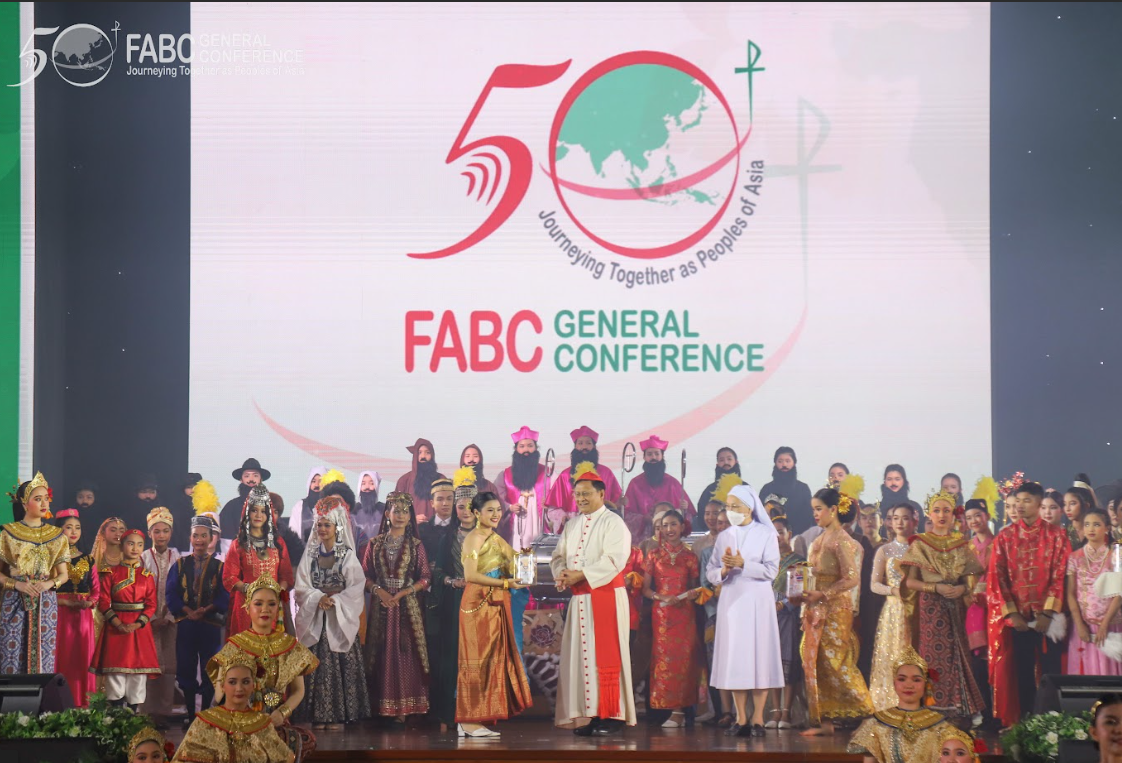

.png)
